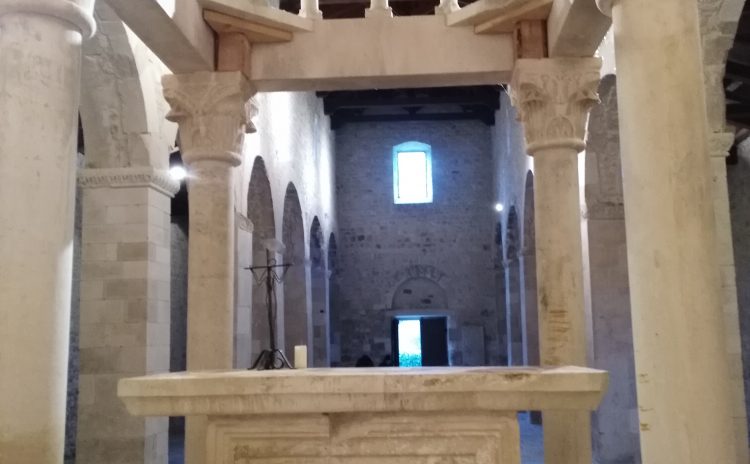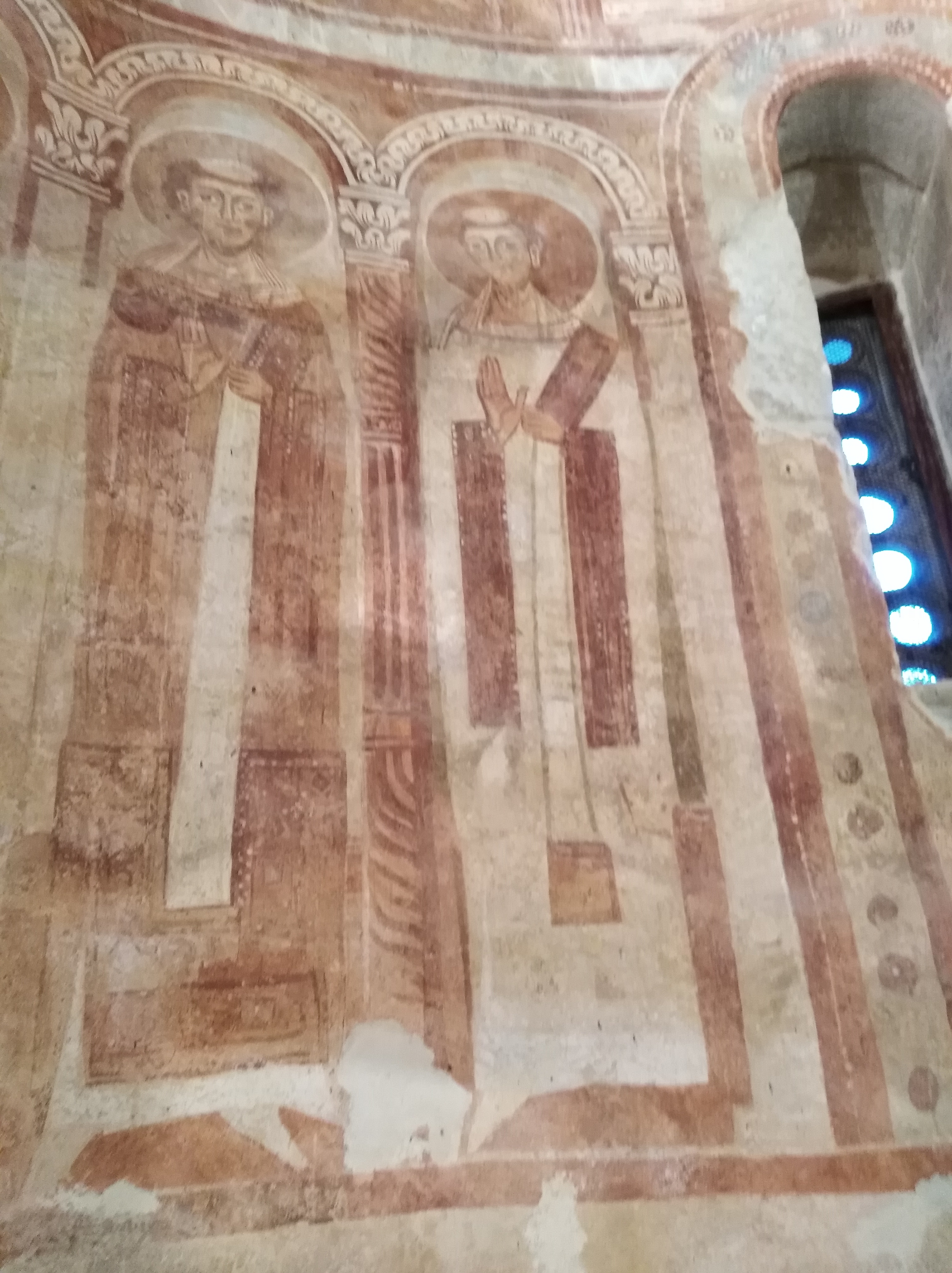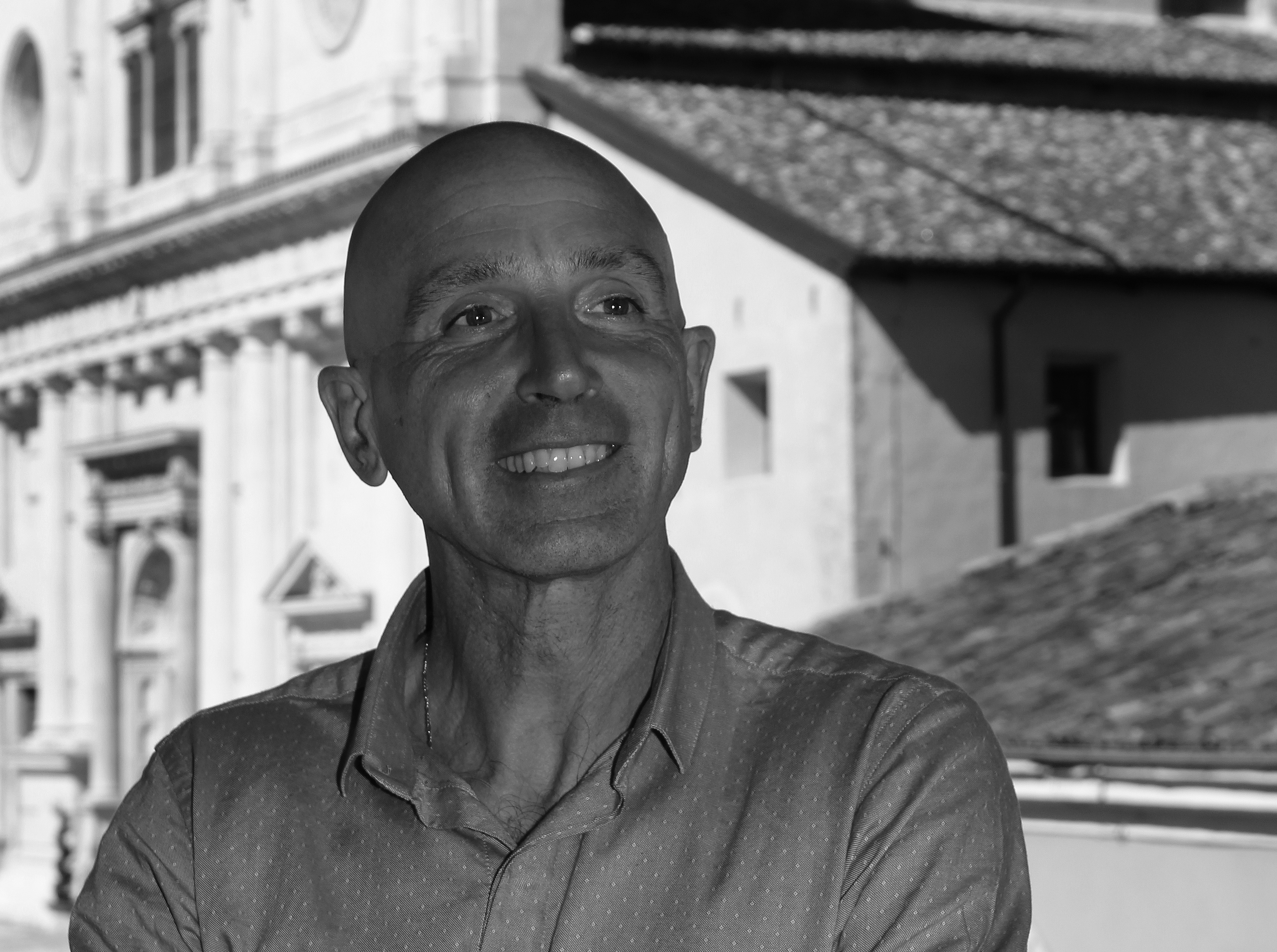Architettura medievale abruzzese – Chiesa di San Pietro ad Oratorium: semplicità e bellezza
Medieval architecture of Abruzzo - Church of San Pietro in Oratorium: simplicity and beauty
- 18 Mar 2018

Le origini
La chiesa di San Pietro ad Oratorium (VIII – XII secolo), che dista circa sei chilometri da Capestrano (AQ), in direzione Bussi sul Tirino, è parte di un antico monastero benedettino edificato nel 722 per volere di Desiderio re dei Longobardi, se si valuta attendibile l’iscrizione apposta sull’architrave dell’ingresso: A REGE DESIDERIO FUNDATA MILLENO CENTENO RENOVATA.
Altri considerano invece che il complesso fosse stato fondato da Papa Stefano II nel 756.
L’insediamento monastico viene posto a controllo di un vasto possedimento fondiario, costituito dalla Valle Tritana, ed è localizzato nel punto in cui la valle si restringe non lontano dell’antico tracciato della Claudia Nova e dal fiume Tirino.
La ricostruzione romanica
Nel corso del tempo il convento fu completamente distrutto, mentre la chiesa subì una radicale ricostruzione intorno al 1100. La nuova fondazione fu consacrata nel 1117 da Papa Pasquale II. L’architettura della chiesa consiste in un edificio longitudinale a tre navate che terminano in altrettanti absidi semicircolari. Le navate sono ritmicamente suddivise da pilastri che sostengono arcate a tutto sesto. Il presbiterio è rialzato rispetto all’aula e su di esso si trova un ciborio duecentesco. L’impianto è romanico e le coperture sono in capriate lignee. La facciata, su cui è presente un solo portale d’ingresso, mostra il paramento lapideo originale.
Il restauro del ‘900
Nel corso degli anni la chiesa subì rimaneggiamenti: le arcate furono murate e l’impianto ridotto alla sola nave centrale. I restauri attuati alla metà del ‘900 hanno restituito alla chiesa l’originaria impostazione. Una citazione particolare meritano gli affreschi intorno al presbiterio, essi sono considerati tra i più antichi in Abruzzo, realizzati nel momento della ricostruzione romanica dell’edificio. La raffigurazione più importante è quella del Redentore tra gli Evangelisti e i Ventiquattro Vegliardi dell’Apocalisse.
 Fig. 1 Pianta e sezione |
|
 Fig. 2 Prospetto |
 Fig. 3 Absidi |
 Fig. 4 Fronte longitudinale Fig. 4 Fronte longitudinale |
 Fig. 5 Cortile monastero Fig. 5 Cortile monastero |
 Fig. 6 Navata centrale Fig. 6 Navata centrale |
|
 Fig. 7 Ciborio Fig. 7 Ciborio |
|
 Fig. 8 Ciborio e affreschi Fig. 8 Ciborio e affreschi |
 Fig. 9 Pavimentazione Fig. 9 Pavimentazione |
 Fig. 10 Arcate navata Fig. 10 Arcate navata |
 Fig. 11 Ingresso laterale Fig. 11 Ingresso laterale |
 Fig. 12 Inclusione parietale – Quadrato magico Fig. 12 Inclusione parietale – Quadrato magico |
|
 Fig. 13 Affreschi Fig. 13 Affreschi |
|
 Arch. Anselmo Santilli – ZED PROGETTI srl
Arch. Anselmo Santilli – ZED PROGETTI srl
The origins
The church of “San Pietro ad Oratorium” (VIII – XII century), which is about six kilometres from Capestrano (AQ), in the direction of Bussi sul Tirino, is part of an ancient Benedictine monastery built in 722 at the behest of Desiderio King of Lonbards if the inscription on the architrave of the entrance can be trusted: A REGE DESIDERIO FUNDATA MILLENO CENTENO RENOVATA.
Others consider that the complex was founded by Pope Stefano II in 756.
The monastic settlement is controlled by a vast land estate, consisting of the Tritana valley, and is located at the point where the valley narrows not far from the ancient route of Claudia Nova and the Tirino river.Romanesque reconstruction
In the course of time the convent was completely destroyed, while the church underwent a radical reconstruction around 1100. The new foundation was consecrated in 1117 by Pope Pasquale II. The church’s architecture consists of a longitudinal building with three naves ending in three semicircular apses. The naves are rhythmically divided by pillars supporting round arches. The presbytery is raised above the hall and there is a thirteenth-century ciborium on it. The plant is Romanesque and the roofs are in wooden trusses. The façade, on which there is only one entrance portal, shows the original stone facade.The restoration of the’ 900
Over the years the church underwent renovations: the arches were walled and the layout reduced to the central ship. The restorations carried out in the middle of the 1900s have restored the original layout of the church. A special mention deserves the frescoes around the presbytery, they are considered to be among the oldest in Abruzzo, made at the time of the Romanesque reconstruction of the building. The most important representation is that of the Redeemer among the Evangelists and the Twenty-four vigilants of the Revelation.

